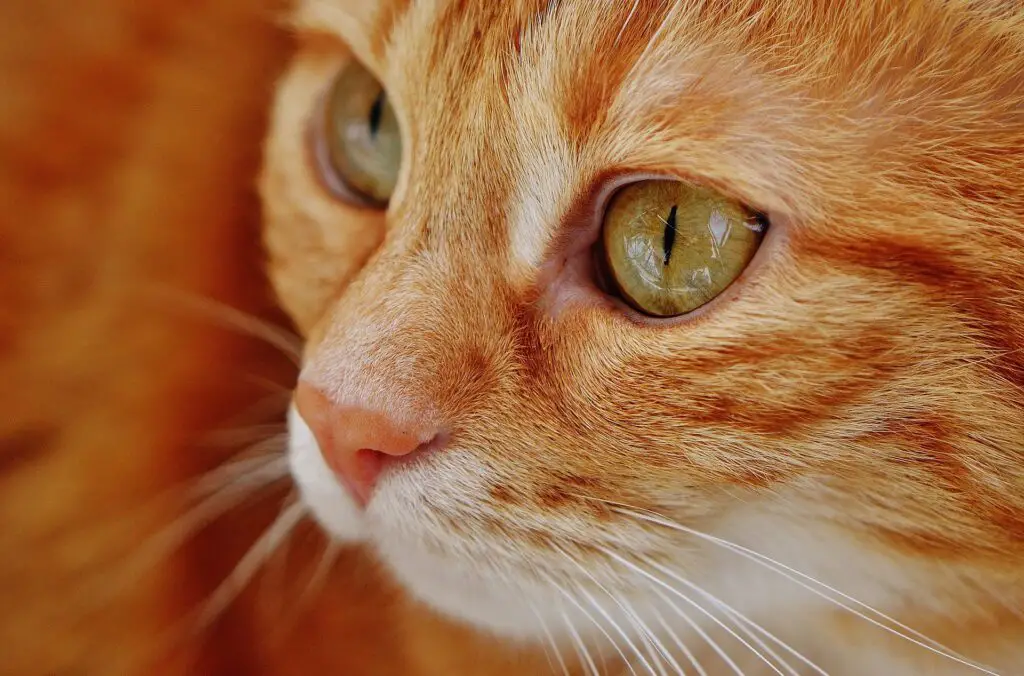
Cats are fascinating creatures, but their behavior can sometimes be a bit of a mystery.
If you’re new to the world of cats, or just want to better understand your feline friend, this beginner’s guide to understanding cat behavior is for you.
First things first, let’s talk about the most basic cat behavior: sleeping.
Cats are known for their love of napping, and they can sleep anywhere from 12 to 16 hours a day.
But why do they sleep so much?
Well, cats are natural predators, and they need a lot of rest to conserve energy for hunting. So, if you see your cat snoozing away, don’t take it personally – they’re just doing what comes naturally!
Next, let’s talk about one of the most beloved (and sometimes frustrating) cat behaviors: scratching.
Cats have a natural urge to scratch, and it’s important for them to do so in order to keep their claws healthy.
But what if your cat is scratching your couch instead of their scratching post? In that case, it’s likely that your cat is marking their territory.
Cats have scent glands in their paws, and when they scratch an object, they’re leaving their scent behind. So, if you want to keep your couch safe, make sure to provide your cat with plenty of scratching options.
Cats are also known for their grooming habits.
Cats spend a lot of time licking and cleaning themselves, and this behavior is important for their overall health.
Grooming helps to keep their fur clean, remove loose hair and prevent matting. But don’t be surprised if your cat wants to groom you too, this is a sign of affection and trust.
Another important cat behavior is marking their territory.
Cats have scent glands in their cheeks and paws, and they use these to mark their territory. This is why you might see your cat rubbing their face or body against objects, or why they might knead you with their paws. It’s a way for them to claim you as their own.
Cats are also known for their playful behavior.
They love to play and will often engage in playful behavior like chasing toys or pouncing on unsuspecting prey (even if it’s just a piece of lint on the floor).
Playtime is not only fun for them, but it’s also important for their physical and mental well-being.
Last but not least, let’s talk about meowing.
Cats are known for their wide range of vocalizations, but meowing is the most common.
Cats meow for a variety of reasons, including to get your attention, to communicate that they’re hungry or to express discomfort or pain.
It’s important to pay attention to the tone and frequency of your cat’s meows, as this can give you clues as to what they’re trying to communicate.
In conclusion, cats are complex creatures with a wide range of behaviors.
From napping to grooming to meowing, each behavior serves a specific purpose.
Understanding these behaviors can help you to better understand and communicate with your feline friend.
So, the next time your cat starts to act in a way that you don’t understand, remember to take a step back and try to see things from their perspective.
Lee Harris
Latest posts by Lee Harris (see all)
- Homemade Cat Cookies: A Purr-fect Treat for Any Occasion - February 7, 2024
- Chic Feline Elegance: Crafting a Multi-Tiered Black Cat Cake - February 6, 2024
- Purr-fectly Delicious: Black Cat-Themed Donut Delight - February 5, 2024

